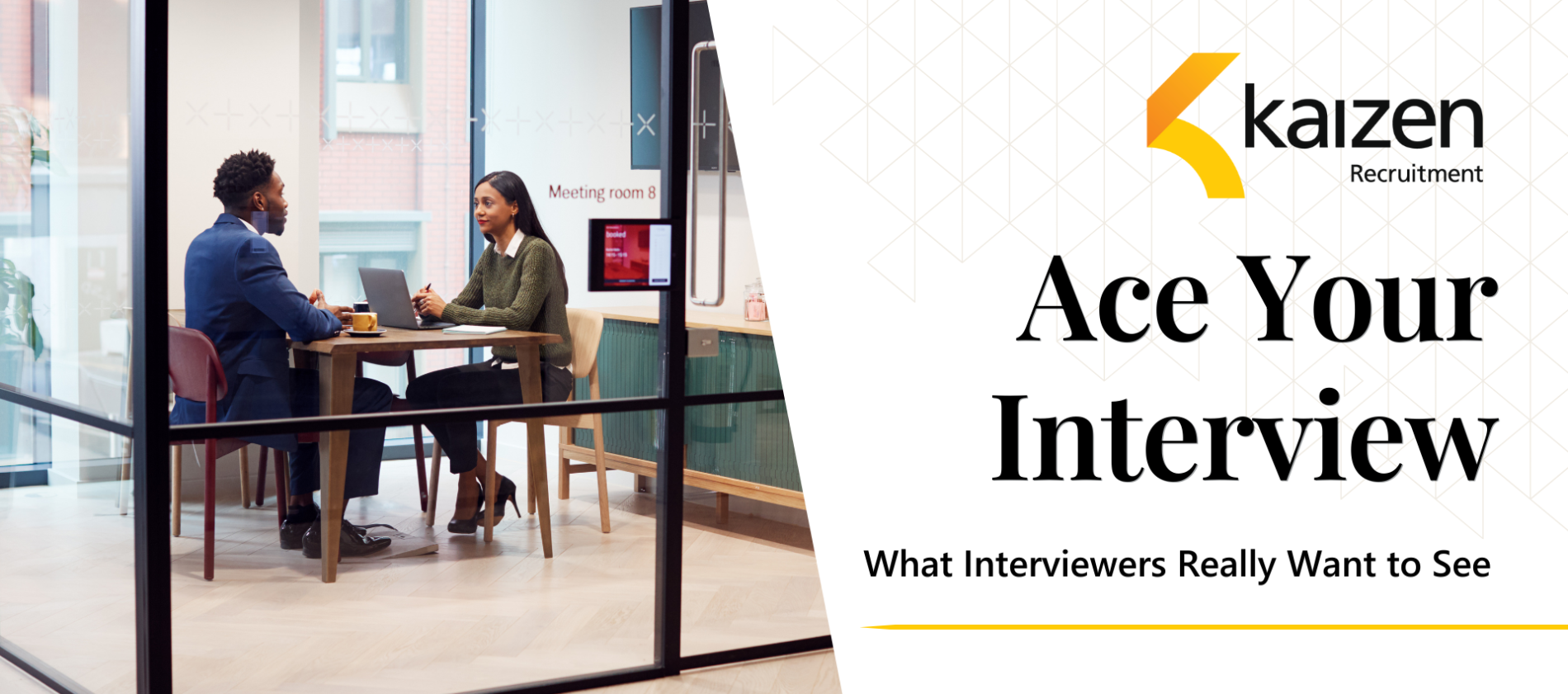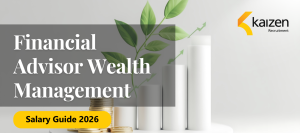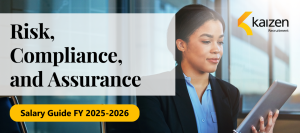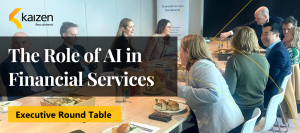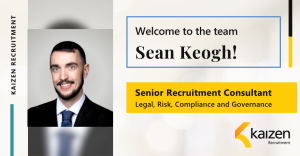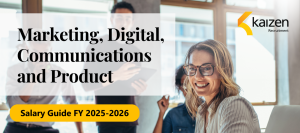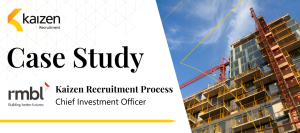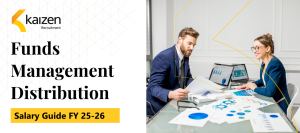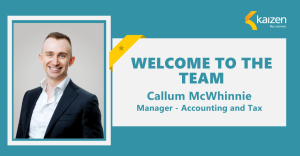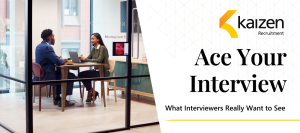Resume Writing Tips
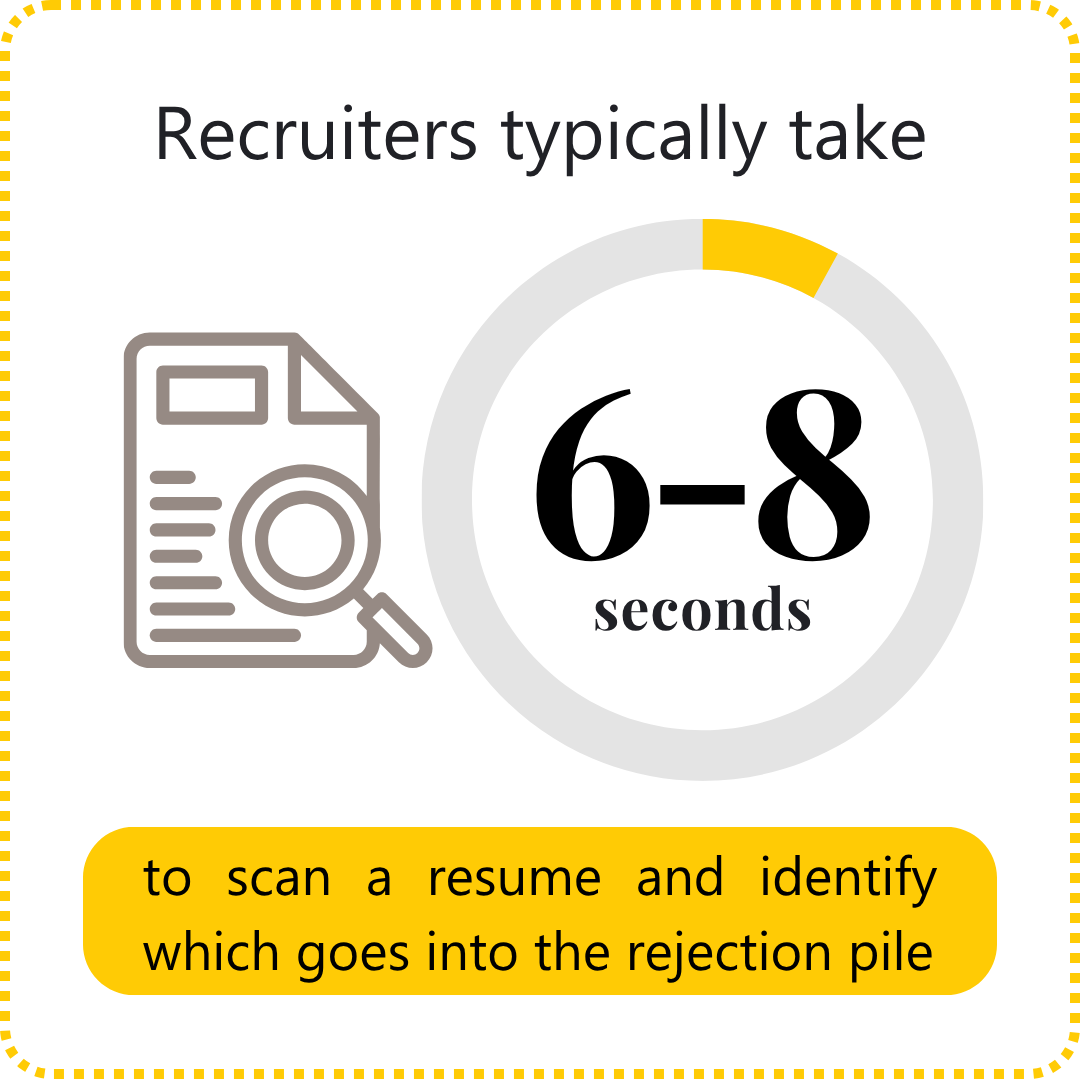
Seasoned recruiters typically take 6-8 seconds to scan a resume and identify which goes into the rejection pile. The manner which details are written and how elements are placed determines whether it gets any further perusal and consideration for the first round of interview.
So how does a candidate ensure they make it past the first stage of screening?
Below are some tips to consider when developing a resume as well as a downloadable template you can use as a guide.
DOWNLOAD OUR RESUME TEMPLATE
Essential Elements of a Good Resume
 1. Personal and Contact Information – What is relevant?
1. Personal and Contact Information – What is relevant?
Your full name, mobile number, and email address should be visible on the first page for accessibility. If you have a second name from another language, it would be good to keep an English name in parenthesis. Use your personal contact information – not the ones shared with the rest of your household or associated with any other company. Imagine the awkwardness of having an interview invitation arranged in your company’s shared calendar!
Including a LinkedIn profile link is beneficial given its growing relevance in the corporate world. It’s one more avenue where professionals can communicate with the recruiter, and an active profile can also give insight into the kind of professional interests a candidate has and gives more context about their work experience.
Providing one’s current location (country and state) will help a recruiter determine what opportunities are suitable, especially if a candidate moves often or is interested in relocating for the right opportunity. If a candidate is coming from overseas, indicating the visa type and its implications on working rights within Australia can speed up the review process.
What NOT to include:
Birthday, full home address, religion, and information about spouse or children are unnecessary and may even promote initial discrimination (unless otherwise stated by the job ad). Save this information for when you land the role and receive the offer.
2. Profile – How does this come together?
A shortened version of a cover letter (under 100 words), this section provides the career overview and your objective in seeking the opportunity applied for. How does one’s overall experience align with the next move? It could range from seeking to develop skills within a specific capability, to switching career paths, to developing into a leadership role, and so on.
Explain straight away what recruiters might assume regarding career gaps, location transfers, and miscellaneous roles taken. Think, “How do I best market my experience?”.
3. Work Experience – What to highlight?
Your work experience should be tailored to what is relevant for the role applied for. Ideally, this includes more recent and relevant work engagements. If you have been in the work force for a while, extracurricular activities accomplished in university may not be as significant as one job prior to your current employment.
Using active language (Analyse data vs. data analytics), emphasise in bullet points the key projects led and metrics achieved to highlight both the quantitative and qualitative aspects of your work and personal accomplishments.
4. Education and Qualifications
Outside of your work experience, what certifications and recognitions have contributed to your present knowledge and skillset? Listing these down showcases the level of commitment to continuous learning and growth – a key soft skill that all companies appreciate and benefit from.
5. Skills
This is a stand-out view of tools and systems you have under your belt – essential criteria that recruiters look out for especially when technical knowledge is involved in the role. Language and leadership skills are also highlighted here, painting a picture of how your overall character fits into the company’s profile and needs.
6. Interests
Show that you are human and relatable too. Do you like football? Music? Travel? Photography? These are some ways that interviewers use to break the ice and connect with you as a candidate easily.
Optimise your Resume to Stand Out
 1. Grammar and Spelling
1. Grammar and Spelling
If dressing up gives a good impression in an interview, proper grammar and spelling has the same effect on resume presentation. This speaks to one’s attention to detail and capability to communicate simple or complex concepts to any stakeholder.
2. Automation-proof Formatting
Many companies and recruitment agencies utilise Applicant Tracking Systems (ATS) which automatically pull data – email/mobile number, recent work experience, and job title – and create a uniform format for easier review. The document then, should be “readable” for the ATS to retrieve the information correctly – it’s best to work on and upload resumes as a .doc or a .pdf file instead of as an image.
3. Visual Appearance and Design
When it comes to visual appearance: the simpler and the more readable, the better. Use proper spacing and font size. When choosing template designs online, it should be easy for the reader to identify all the essential elements of a resume (listed above). Since you’re here, why not check our downloadable template below?
4. Tailoring your resume
Keep to a reasonable length
We highly recommend keeping a record of everything you’ve accomplished on a separate file – a.k.a. the “white paper version” – especially as experience builds up. From here, it’s best to scope out your application according to what aligns with the role. Typically, 1-2 pages is an appropriate length for more junior candidates while those with more work experience can keep it down to 4-5 pages. An employment summary on the first page is there to provide an overview of highlight roles and companies you’ve worked with and to cover career gaps or miscellaneous roles that don’t necessarily align with the role itself.
Do your research – use the right keywords
Consult talent or industry professionals and read the job ad to understand the role holistically and its language. Your own company might use specific jargon from the company you are applying to. This applies to task-words (e.g. data storytelling or data wrangling vs. data analytics) as well as unique job titles (e.g. “PXO” or People Experience Officer vs. Chief HR Officer). Indicate the general title in brackets and compare the use of task-words in list of responsibilities to your work experience. The goal is to use terms already familiar to your recruiter, else it is misunderstood and gets discarded on the spot.
Be genuine, and human
Be honest about your experience and professional writing style when you craft your resume. While AI is a helpful tool, recruiters can easily spot when the resume content is purely AI-generated. Without adding a human lens into writing your own profile, these types of resumes get discarded by reviewers quickly as there are hundreds of similar submissions. So if you must, work with AI – don’t let AI do the work for you.
Final Thoughts
Online tips, templates, and job ads can only cover so much information to help one understand what companies are seeking in a resume. Likewise, companies miss out on excellent candidates because the resume is not representative of one’s overall experience.
At Kaizen Recruitment, we meet candidates to have a thorough understanding of their experience. “Your CV is your marketing document in your physical absence” is what we often coach candidates to ensure their resumes are succinct and aligned to the application, demonstrating clear capability and transferrable skills for the role.
In the same way, we hold conversations with our clients to understand the scope of responsibilities in detail so we are able to match the right candidates. By bridging the gap, we help both candidates and employers see beyond the resume and unlock potential that might otherwise go unnoticed.
DOWNLOAD OUR RESUME TEMPLATE
Ready for the next step?
Crafting a strong resume is just the beginning. In the next article, we dive into what interviewers really want to see: from confident body language to how well you’ve researched the business. These insights can make all the difference in landing the role.
👉 Check out our Interview Tips article:
Get in Touch
Based in Melbourne and Sydney, Kaizen Recruitment specialises in financial services recruitment across funds management, wealth management, superannuation, investment consulting and insurance. If you’d like to discuss candidate career drivers and the current state of the market within the financial services recruitment landscape, feel free to reach out to us with your details below.
Like what you see?
Please feel welcome to join
Kaizen Recruitment’s mailing list
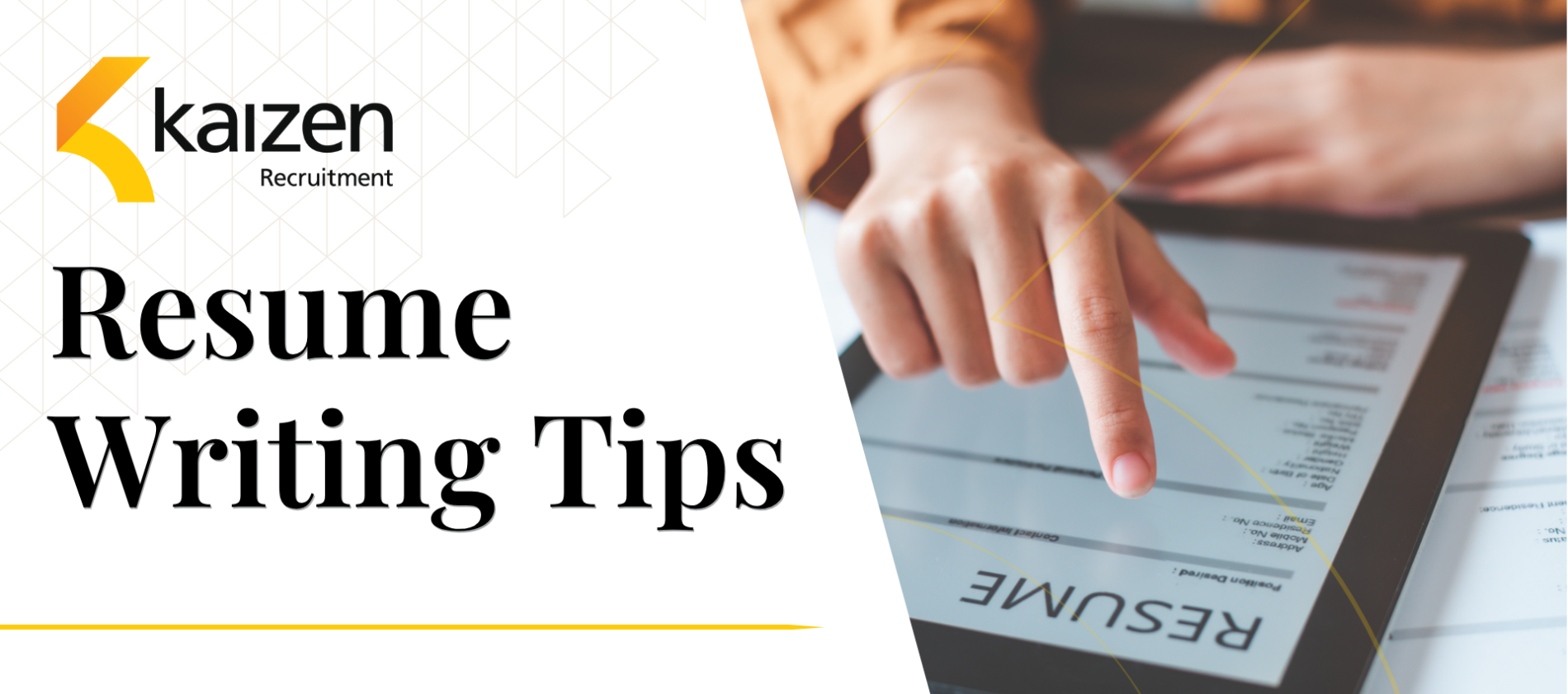
 1. Personal and Contact Information – What is relevant?
1. Personal and Contact Information – What is relevant? 1. Grammar and Spelling
1. Grammar and Spelling
